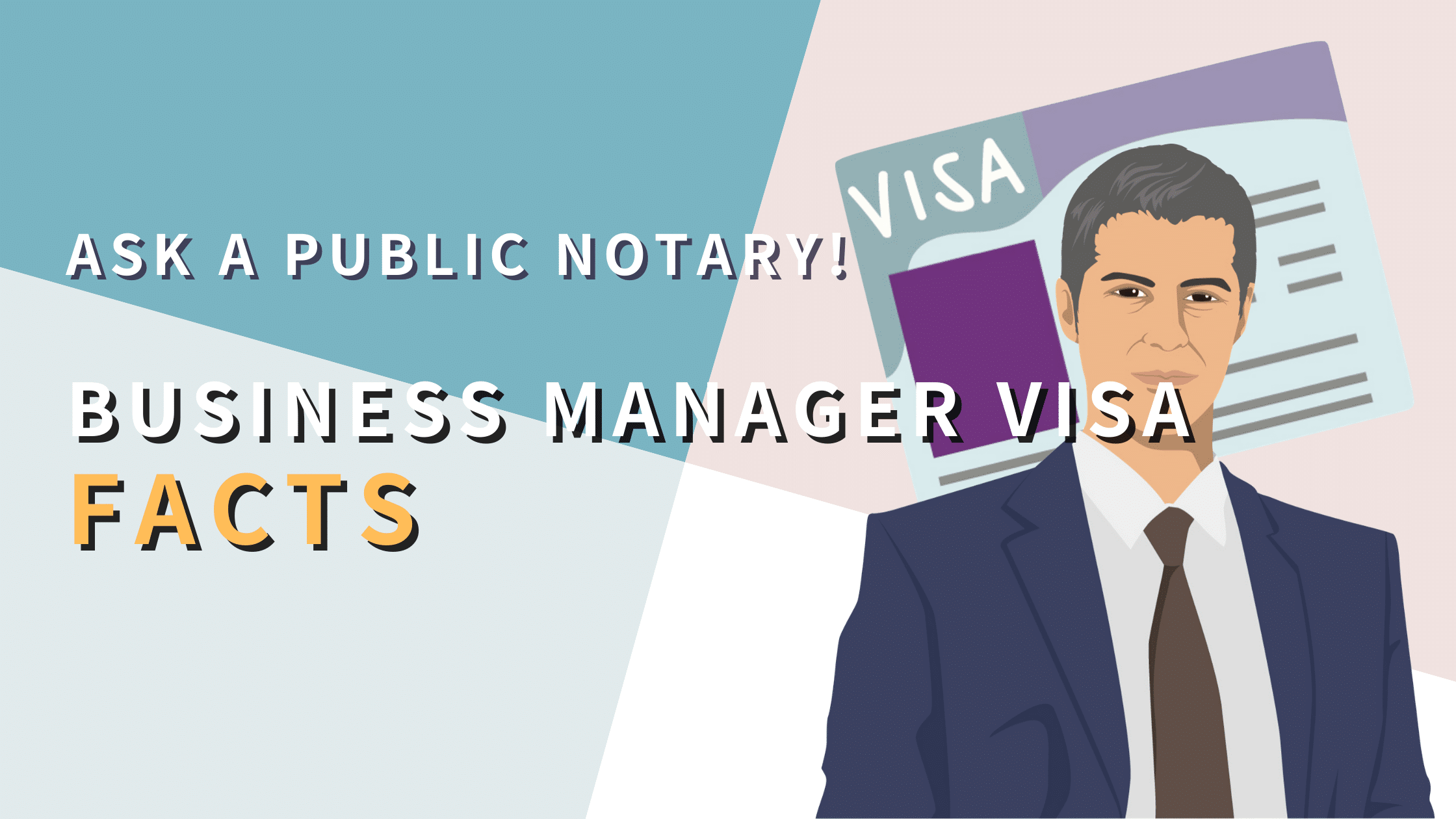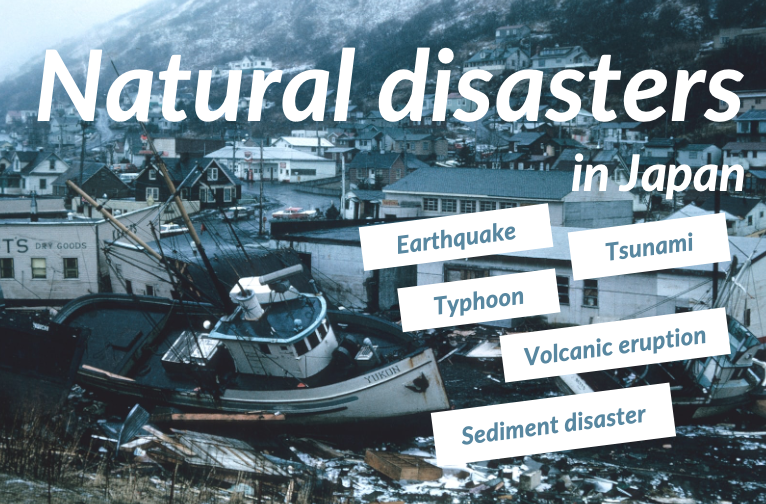“Has she worked in Japan before?” The counter staff asked me in Japanese.
“No, she hasn’t,” I replied. “This is her first time coming to Japan.”
As the counter staff nodded and pointed out which parts of the form to fill out, Debbie simply stared at me with a confused expression, having no clue what to do until I repeated to her what he said in English. She filled out the form as I relayed the instructions to her, and after filling out a particular blank, she would sit back and anticipate the next round of questions that would come through me from the staff.
This cycle of listening, translating and writing would repeat itself for about 10 minutes before everything at the counter was done and accounted for. I was not able to catch everything the staff member said but was able to understand enough to guide Debbie to get through it all.
A few hours later, Debbie was thrilled that she managed to get all her official paperwork done in one go, but I was grumbling that I had to make an extra visit because I didn’t have my student card with me to complete mine.
In the back of my mind, I pondered about why Japan, with the recent influx of foreigners, would continue to rely on a system that provided little assistance with important procedures, especially since the majority of these people would be contributing to Japan’s economy and diversity. This would be the first out of many problems that I would experience while I was in Japan.
Introducing the City Hall
For people coming to live in Japan for work purposes, visiting your local city hall or ward office (市役所/shiyakusho) is unavoidable, as official procedures extend beyond the airport.
This is the place where residents of Japan come to for registering addresses, marriages, births, pensions and everything else in between. You might think, “Why do I need to go here? Wasn’t everything already settled when I applied for my visa?”
To be honest, other than “the rules say so”, I can’t give you a better answer.
Fortunately, if you can get everything done on your first go, you won’t have to go back for a long while, with the main exception being a change of residence. That being said, your first trip will usually be to do two main things: registering your address and enrolling in the National Health Insurance.
To save yourself multiple trips back and forth (something I didn’t think of at the time), make sure you have all your official documentation with you, including your passport, Residence Card (在留カード/zairyu kado), and perhaps your phone number or proof of your current place of residence – basically anything that looks like you’ll need for paperwork.
Registering your address
When you arrive in Japan with your work visa, you’ll be given a Residence Card at the airport. Make sure that all your details are correct before leaving (especially your name, date of birth and sex) so that the customs officer can make amendments if needed. At this point, your address will not be written, so the back of your card will be left blank. Your address of residence must then be registered with your local city hall within 14 days of your arrival in Japan.
You will need to fill out a Notification of Moving In form (住民異動届/jyumin idotodoke), which is almost always entirely in Japanese. Depending on your local city hall, they may provide sample documents in English. Once you provide the counter staff the completed form, they may ask you some questions before imprinting your address on your Residence Card. They will also provide you with a My Number (マイナンバー/mai namba) notification number that will be mailed to your residence over the next few weeks.
Changing your address will require a subsequent visit, even if you are moving within the same ward. This time, you will need to fill out a Notification of Moving out form (転出届 /tenshutsu todoke) where you will declare your old address you are moving from and the new address you are moving into. By now, you would have received your My Number notification number, so be sure to bring it along with you.
Unfortunately, Debbie and I were not particularly lucky with our city hall, as there were no English samples as far as we could see, and even with an English sample, the instructions are said to still be particularly confusing. When in doubt, approach a staff member that may be walking around to assist you. If not, simply take the form to the counter when your ticket number is called and they should understand what to do.
Tip #1: If the ticket machine has a multilingual option, select your language of choice before taking your ticket. If the staff sees that the English option was picked for a specific ticket, they might (no guarantee) accommodate you with an English-speaking staff member.
Tip #2: Japanese addresses may be particularly difficult to write, especially when it is long and all in kanji. If you’re like Debbie and you have difficulty writing the address, you can ask the staff to help you write it. Make sure you have the address printed somewhere first!
National Health Insurance (NHI)
If your employer is not covering your health insurance whilst in Japan, or if you are not covered by any private health insurance, you will need to enroll in the National Health Insurance (国民健康保険/kokumin kenko hoken). By registering, you will receive 70% coverage for any fees incurred by hospitalization or visits to clinics when you present the card that they provide you.
Your address must be registered first to enroll in the NHI. The system usually requires that you need your My Number with you, but if you’re doing everything at one go, let the staff know that you’ve just applied for one. The process of applying for the NHI is probably simpler than registering your address, the only difference being the declaration of income (in yen, no less). They do this to calculate how much your monthly premiums will be.
Depending on how the city hall works, they may give you the NHI card on the spot or will mail it to you later. Your monthly premiums will come to you in a few months as a stack of payment slips for a full year, which can be paid individually or multiple at once at a convenience store.
The Language Barrier
Debbie isn’t alone in the struggle to overcome the language barrier. Official procedures and documentation can appear to be an incredibly daunting task when you can’t understand what the staff was saying. I too found myself incredibly frustrated trying to navigate through the plethora of procedures. I had studied Japanese for a several years, and even I could barely read the forms being thrust in front of me, let alone understand everything I was being told.
What worried me the most was that although some of the countersigns had English, Chinese and Korean in addition to Japanese, and the ticket machines provided the same three language options, not a single person in that building was capable of speaking any of them. It might be that Uji, the city in which I was residing, was relatively far from the main city of Kyoto, but I would not be surprised if the same thing happened in large cities like Tokyo, since the people they serve are almost always Japanese.
Unfortunately, the Kansai region does not have any official translation or interpretation service available to foreigners, with most of such services being concentrated in Tokyo. Seeing how rigid the structure of the official procedures is in Japan, I doubt that it will change any time soon. Thus, we return to the original question that I pondered about, as I left the city hall with Debbie:
“Why would Japan, with the recent influx of foreigners, continue to rely on a system that provided such little assistance for foreigners?”
All I can say is, “It works.”
What can be done
The Japanese government should provide more interpretation services, or should at least ensure that a sufficient quota of staff speaking foreign languages be present in official buildings. It will take many years for something like this to be implemented, with long-term solutions possibly going as far back as improving the way English is taught in schools.
Another way to assist foreigners is to provide forms in dual languages, with one language
being a foreign language and the other being Japanese to help the staff enter the information.
Even though there are no official interpretation services by the Kansai government, there are external interpretation services available to foreigners by groups such as APT (Asian People Together, under Kyoto YWCA) and FACIL. Some have fees attached to their services.
For the moment, I would provide the following advice:
• Make sure that you research everything that you need to get done before coming to the city hall. The Kyoto Prefectural International Centre provides information on the city hall and other aspects of living in Japan in English.
• Copy the procedures that you wish to do onto paper so that you can simply show the words to the counter staff. It can save you a lot of confused faces and wild hand gestures.
• If you can, bring a friend capable of speaking and reading Japanese along with you. This will be the most useful as you essentially have a real-time translator by your side and will save you much frustration.
• If applicable, get your company to write a letter in Japanese explaining what you have come to do.
• Don’t be afraid to ask the staff to help with things you don’t understand or can’t do! I can assure you that most staff will do their very best to assist you.
The idea of coming to Japan to work is a dream come true for some people, but to many, the idea of being in a society where English proficiency is not very good fills them with grief. In spite of my Japanese proficiency, I still find myself having difficulty communicating with others many times, and being unable to read certain posters or pamphlets causes me to miss out on things.
Japan is said to be rather intolerant to foreigners, and with little support for foreigners in places like the city ward, it sometimes isn’t hard to believe. However, I can assure you that as long as you are polite and do your best to assimilate within the Japanese culture, the Japanese will welcome you warmly.
On the day I went back to the city hall after I had finally gotten my student card, I approached the counter to finish the final part of my documentation.
“Oh, you’re the one that couldn’t complete your form because you didn’t have your student card, right?” The counter staff asked. “The one who came here to translate for the girl?”
I was shocked since she had never served me before. “Yes, but how did you know?”
“I was sitting next to my colleague that was serving you.” She replied, smiling. “Thank you for all your hard work in helping us communicate with her.”
I smiled back and shared an enjoyable conversation. Warmly welcomed indeed.
Notes for the readers:
Please use this article only as a reference, not as a legal guidelines. Therefore, sugee.jp will take no responsibility or liability, so far as legally possible, for any consequences of your actions.



